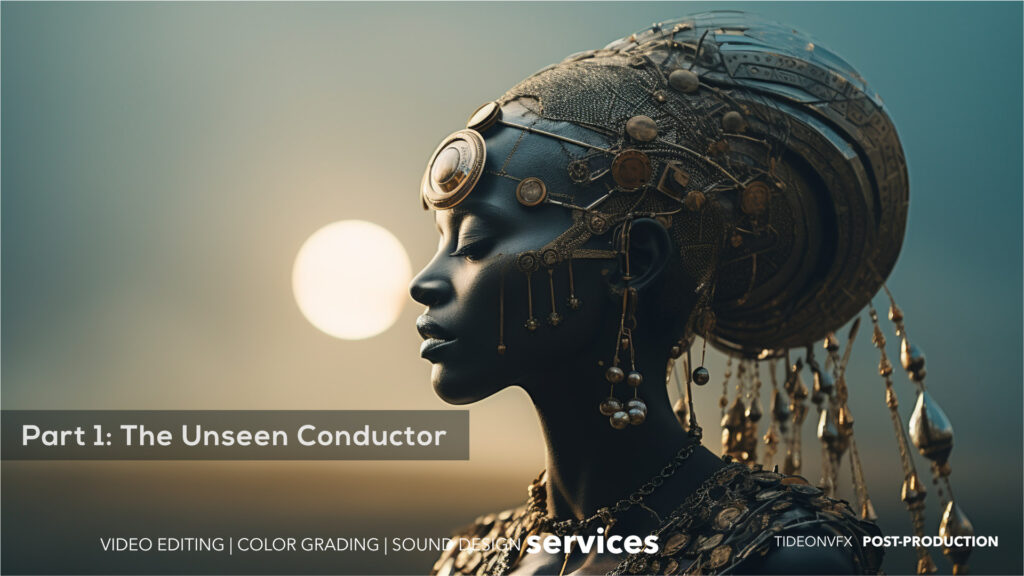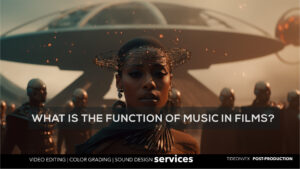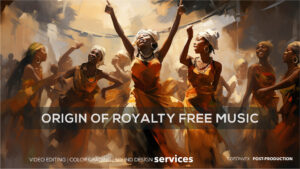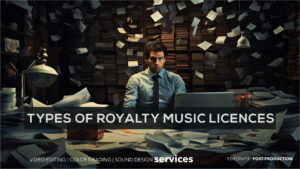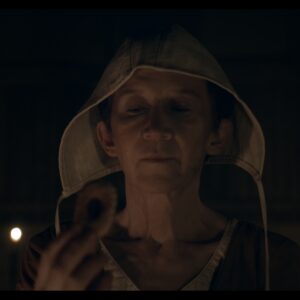Audio
Part 1: The Unseen Conductor
Part 1: The Unseen Conductor
In the blog post “What is the function of music“. I went into the parts I believe are important to film making and explained that this post would be a part of a multipart post going into more detail on the parts alluded to in that post.
In the realm of film editing, the symbiotic relationship between visuals and music is akin to an intricate dance where each partner influences the other’s moves. As a post-production artist immersed in the creative process of crafting short films and documentaries, the journey often begins with a blank canvas of footage waiting to be woven into a compelling narrative. It’s at this juncture that the significance of film music as the “unseen conductor” becomes palpable.
When faced with the task of setting the musical tone for a project, my first step involves diving into a treasure trove of tracks within my royalty-free music library. The objective is not merely to find a pleasant tune, but to identify music that resonates with the very essence of the characters and the narrative. Each track becomes a potential symphony, a melodic embodiment of the personalities and emotions that populate the film.
As I sift through the catalogue, I envision the characters moving to the rhythm, the beats echoing their motivations, and the melodies underscoring their journey. This initial exploration is a quest to define the musical style of the film—a process that is as crucial as sketching the outlines of the visual narrative. It’s about finding the harmonious marriage between sound and image that will resonate with the audience on a subconscious level.
Once a selection of tracks has been curated, a unique ritual takes place—a moment of cinematic meditation. I lay down the chosen track as the open canvas, no images in place, and close my eyes. The objective is to let the music take the reins, allowing it to conjure mental images and evoke emotions. If, in this audio-only realm, the film unfolds before my mind’s eye, if characters come to life and scenes materialize, then I know the music is more than just a backdrop—it’s an integral part of the storytelling process.
However, the journey doesn’t always unfold seamlessly. The struggle with “editor’s block” is real, and in those moments, music becomes a lifeline rather than a backdrop. Instead of waiting for inspiration to strike, I adopt a method akin to throwing paint onto a canvas. I choose a track, any track, with no intention of it being the final piece, and I begin to edit. This unconventional approach allows the music to guide the editing process, steering it away from stagnation and opening up possibilities that may have remained hidden otherwise.
In essence, this method mirrors the role of an unseen conductor guiding an orchestra. The music shapes the rhythm and cadence of the editing, influencing the pace, emotional beats, and overall flow of the film. It transforms the editing suite into a dynamic space where the interplay between visuals and music becomes a collaborative effort, giving rise to a narrative that is both visually and sonically captivating.
In the subsequent parts of this blog series, we will delve deeper into the multifaceted roles of film music in defining pacing, enhancing emotions, and seamlessly integrating with visual elements. The unseen conductor, now introduced, will take centre stage as we explore its transformative power in the post-production realm.
